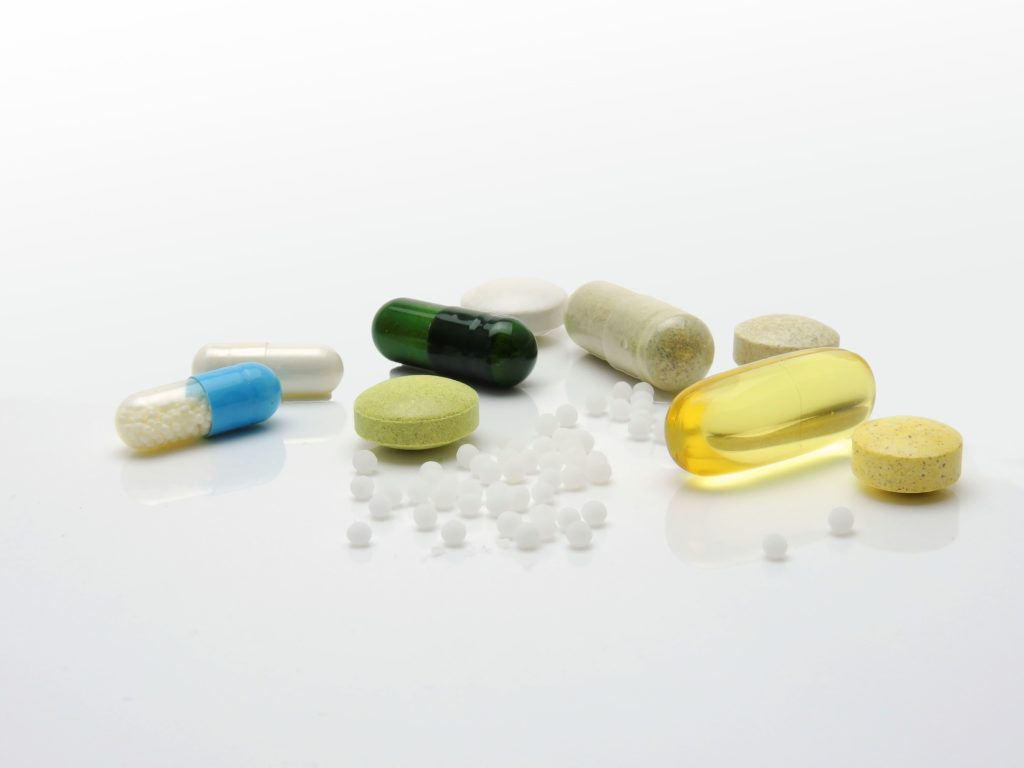A Quick CoQ10 Review
CoQ10 is a fat-soluble compound that is the pilot light to the energy furnace. Present in every cell in the body, CoQ10 is the essential component of electron transfer in the production of ATP from ADP.
CoQ10 exists in two forms, ubiquinol, and ubiquinone. Ubiquinol is the reduced form of CoQ10 and ubiquinone is the oxidized form of CoQ10.

Ubiquinol vs. Ubiquinone
Ubiquinol is the reduced form of CoQ10 which allows it to convert ADP>ATP. CoQ10 in its ubiquinol form can donate electrons to free radicals and reduce their damage. It helps to protect lipid membranes against peroxidation, protect cellular DNA, and cellular proteins.
Ubiquinone is the oxidized form of CoQ10. It is converted in the body to ubiquinol during Complexes I and II in the electron transfer chain. It has also been shown that 80-95% of circulating CoQ10 in the form of ubiquinol after taking a ubiquinone supplement.
However, this conversion decreases with age. Patients with congestive heart failure were also found to have decreased ubiquinol levels. There are also studies that show decreases in ubiquinol levels in patients with hyperlipidemia and liver disease.
Who should take Ubiquinol?
- People over 50
- Clients with hyperlipidemia
- Clients on statin therapy
- Liver Disease
- Mitochondrial disorders
- Congestive heart failure
- Genetic CoQ10 deficiencies
- Exercise Intolerance
Advantages of Ubiquinone
- Most healthy individual convert ubiquinone to ubiquinol. 80-90% of circulating CoQ10 following oral ingestion of ubiquinone supplement is in the form of ubiquinol.
- Consider combining with CoQnol for a comprehensive intake of CoQ10
- Consider using with Mitochondrial NRG for mitochondrial support

